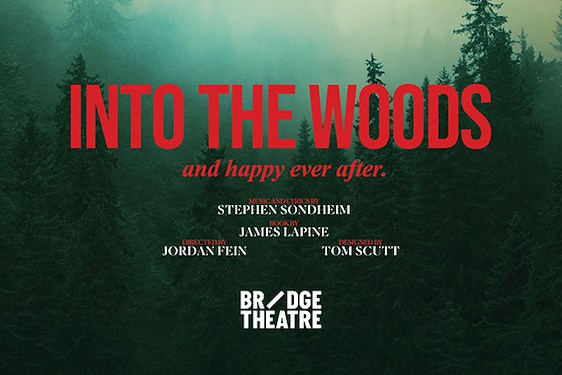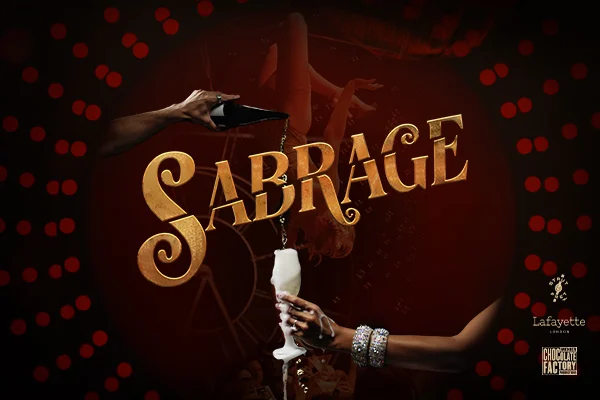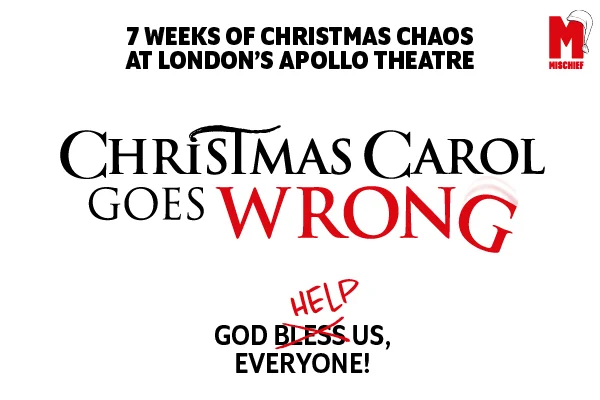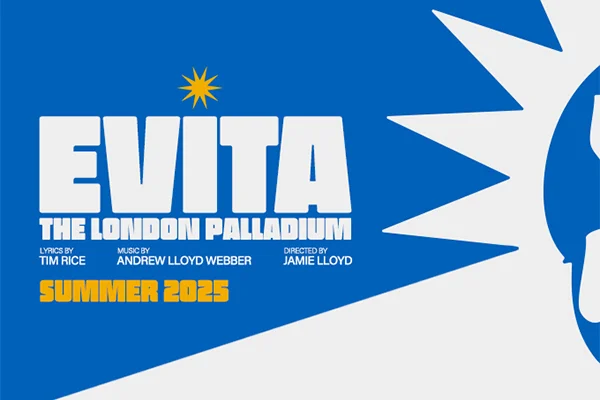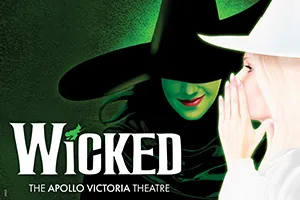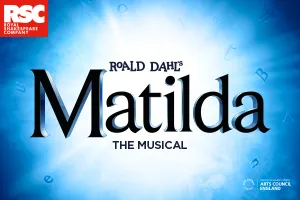Seeing Bugs Bunny play Liszt in Rhapsody Rabbit was a big moment for Jeremy Rafal. His Edinburgh Fringe show, The Boy from Bantay, follows his life, career and love of cartoons from his boyhood in a small town in the Philippines, via Hawaii, to becoming an international classical pianist and multi-hyphenate artist as an actor, musician, writer, director, and educator based in New York City.
What was life like in your boyhood home in the Philippines?
Bantay is a small town. Our house was surrounded by rice fields. My family kept goats and pigs in the backyard to sell at the local market. Beyond the rice fields were dense forests with snakes, giant lizards, and wild pigs. It was tropical – hot or rainy. Yet music was everywhere. We had the radio, sure, and American media trickled down to us, like a couple years late. Everybody made their own music. The guitar was the go-to instrument. Adults would show up at each other’s houses to serenade one another during special occasions. At parties, especially big fiestas, the neighbourhood would gather to sing together. For anything more 'city' you had to go to Vigan, a 20-minute tricycle ride away. The children’s choir there was a huge deal, and my friends and I were all in it. I saw friends taking piano lessons too. In the first grade I jumpedin to join them.
What changed things for you - and why did the music from cartoons inspire you?I’ve always been super aware of the music around me. One of my earliest memories was my mom carrying me around while the Blue Danube Waltz by Johann Strauss played on the record player. Apparently, I was so fascinated that I ended up wrecking half her record collection trying to make them play music again. When we finally got our first colour TV, seeing all those colourful images paired with music was so exciting. Cartoons especially — I’d watch them over and over and become obsessed with the soundtracks. I wanted to know what those pieces were and how to play them. Since we got foreign shows way later in the Philippines, a lot of what I grew up watching was already old. We had a lot of Looney Tunes and Tom & Jerry. Some of my favourite episodes were The Waltz of the Geese with the Blue Danube Waltz, and Pigs in a Polka, which used Brahms’s Hungarian Dances — I would laugh at the part where one of the pigs sticks out its tongue. Most had big orchestral pieces, so I couldn’t recreate them exactly on one lone piano. But when I saw Bugs Bunny in Rhapsody Rabbit playing Liszt’s Hungarian Rhapsody No. 2, I was happy to finally play — at least the easy parts – and have it sound like how it did on TV.
There was a family tragedy - how did this affect your family?
My brother died in an accident when I was 10. When you go through a family tragedy as a kid, it hits you in a different way than when you’re an adult. I remember all the adults breaking down and crying. I was aware why everyone was sad — I was sad too — but I thought the best way to handle it was to not let it get to me. I thought I needed to be 'strong' for everyone else. Mom told me to stay home from school as long as I needed. But I wanted to go, do well, and keep moving forward. That’s what I did. I feel like I’ve been doing that for most of my adult life. But it catches up with you. Always. Usually at the worst possible moment. Training to be a concert pianist meant spending hours alone in a practice room, just me and the music. Most of the time, that was enough. But you’re also alone with your thoughts. That’s when the stuff you push away creeps back. One of my favourite quotes about grief is that it's like the ocean. Sometimes the water is calm. Sometimes the waves are overwhelming. Trying to control the waves is futile. All we can do is learn to swim with it.
Who helped you on your way to a career in classical music?
A lot of 'characters' helped shape me. One was my high school piano teacher in Hawaii. She made me decide to pursue classical piano as a career — because she told me not to. She understood my family history and immigrant background. She wanted me to choose something more practical, to make money and help out my single mom. But I’m a Taurus. If someone tells me I can’t do something, sometimes I go do the complete opposite.
Did you experience racism?
There’s always this issue — for some people — when they see someone from a differentculture or ethnicity dive into something outside of their own background. Here I am, from a small town in the Philippines, someone who studied music written by a bunch of dead European guys. A friend once joked that “you have to be Italian to cook good Italian food”. Does that mean I have to be German to play Brahms well? Most teachers and colleagues have been super supportive. But there are people who believe in stereotypes. Take Asians — there’s that stereotype that we’re machines, obsessed with technique, and end up playing like robots. So, there’s this quiet, unspoken prejudice in the classical music world that Asians might be technically perfect but musically empty.I’ve felt that in some circles. Funny thing is, I don’t fit that stereotype. Sometimes I wish I did. I have to work super hard to get things near-perfect technically, but I always play with my heart. I like to think my musicality shines through. That’s probably why I’ve been more and more drawn to acting, where you’re encouraged to let your emotions flow.
You wrote an opera about US race riots in which Filipino workers were persecuted - tell us something about that.
Standing Above Pajaro is an opera I created with San Francisco-based playwright Conrad Panganiban. The story centres on the Watsonville riots of the 1930s, when violence erupted against Filipino migrant workers. Filipino men were dancing with white women in a taxi dance hall, and the white men didn’t like that. The violence went on for almost a week, with white men roaming the town, beating up Filipino workers. The story and libretto come from Conrad’s play. Musically, I drew from 20th-century American opera composers like Jake Heggie and Gian Carlo Menotti, plus 1930s dance hall music, and of course, Filipino genres like the kundiman — the traditional Filipino love song.
When did you decide to create the show you are bringing to the Fringe?
The idea was planted in my mind when a good friend of mine told me to go see her friend’s solo show — it was about being an Asian actress in New York City. It left a lasting impression on me. I was still thinking about it days later — I thought, “Hey, I didn’t think I had anything in common with the actress, but I see some of myself in her!” That’s what theatre should be: to see ourselves in someone else’s story. It makes us more empathetic, more kind. Maybe I’m naive, but I believe a lot of the world’s problems could be solved by being kinder. Most people probably have no idea where Bantay is — most Filipinos have to look it up. But if just one person connects with something from my show I have done my job.
If you could be any cartoon character who would it be?
I have a soft spot for shapeshifters. I’ve always wanted to be able to do a bunch of things — be a scientist, athlete, historian, musician. Maybe that’s why I’m an actor now too – actors are real-life shapeshifters. I’m biased toward the Wonder Twins. I would be Zan. I’m sure I could use his powers way better than he did.









